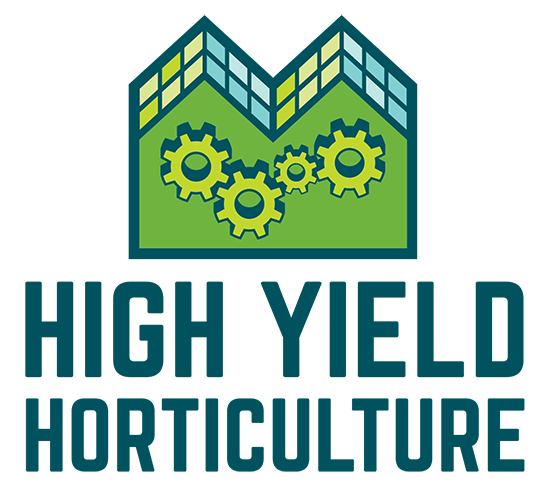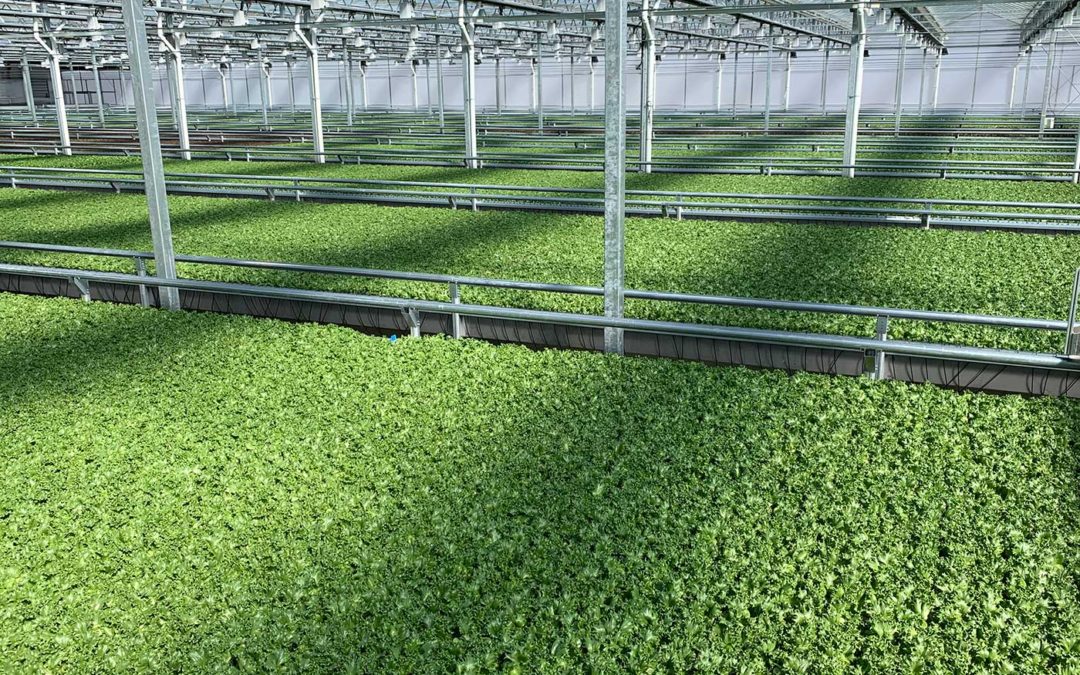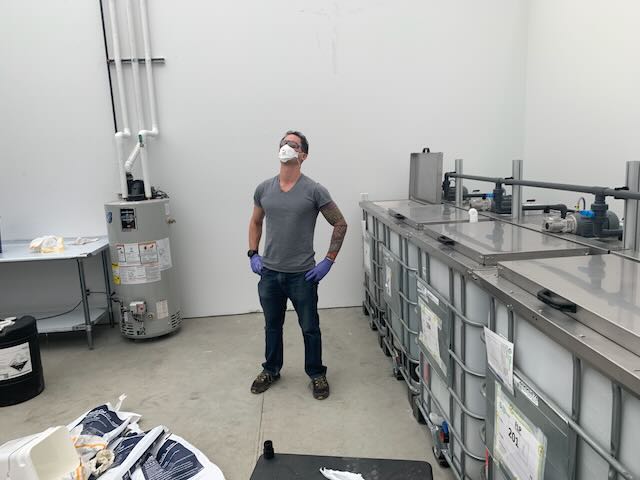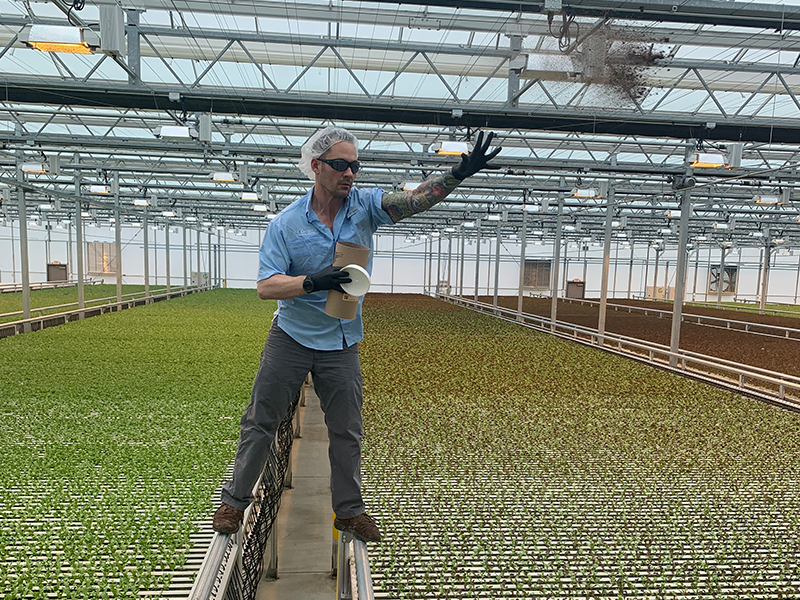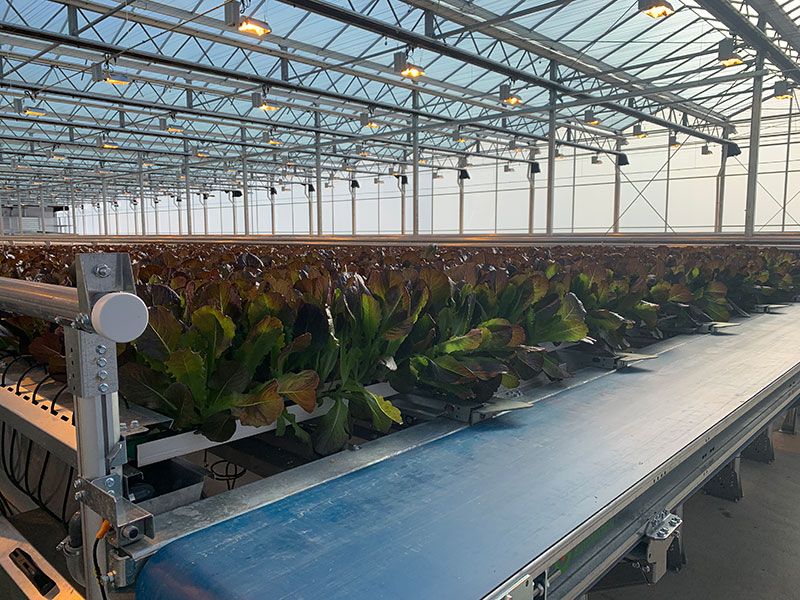Conservation & increased productivity through controlled environment agriculture (CEA)
Recirculating hydroponics conserves up to 90% of the water used in traditional farming methods, drastically reducing the impact on the environment, with larger yields in just a fraction of the time, using minimal space. In addition, controlled environment agriculture (CEA) facilitates pesticide-free local food production, dramatically reducing transportation costs and carbon footprints, resulting in less time from harvest to the consumer’s table. Recent technological advances in automation have limited the exposure to the primary source of food pathogen contamination with hands-free cultivation systems. These systems increase productivity in the cultivation area while significantly reducing the primary operating expense in horticulture – labor. This ultimately leads to greater economic viability and environmentally responsible investment opportunities that help create a healthier future.
High Yield Horticulture can prevent crucial mistakes and provide guidance to ensure your facility will be productive and profitable.
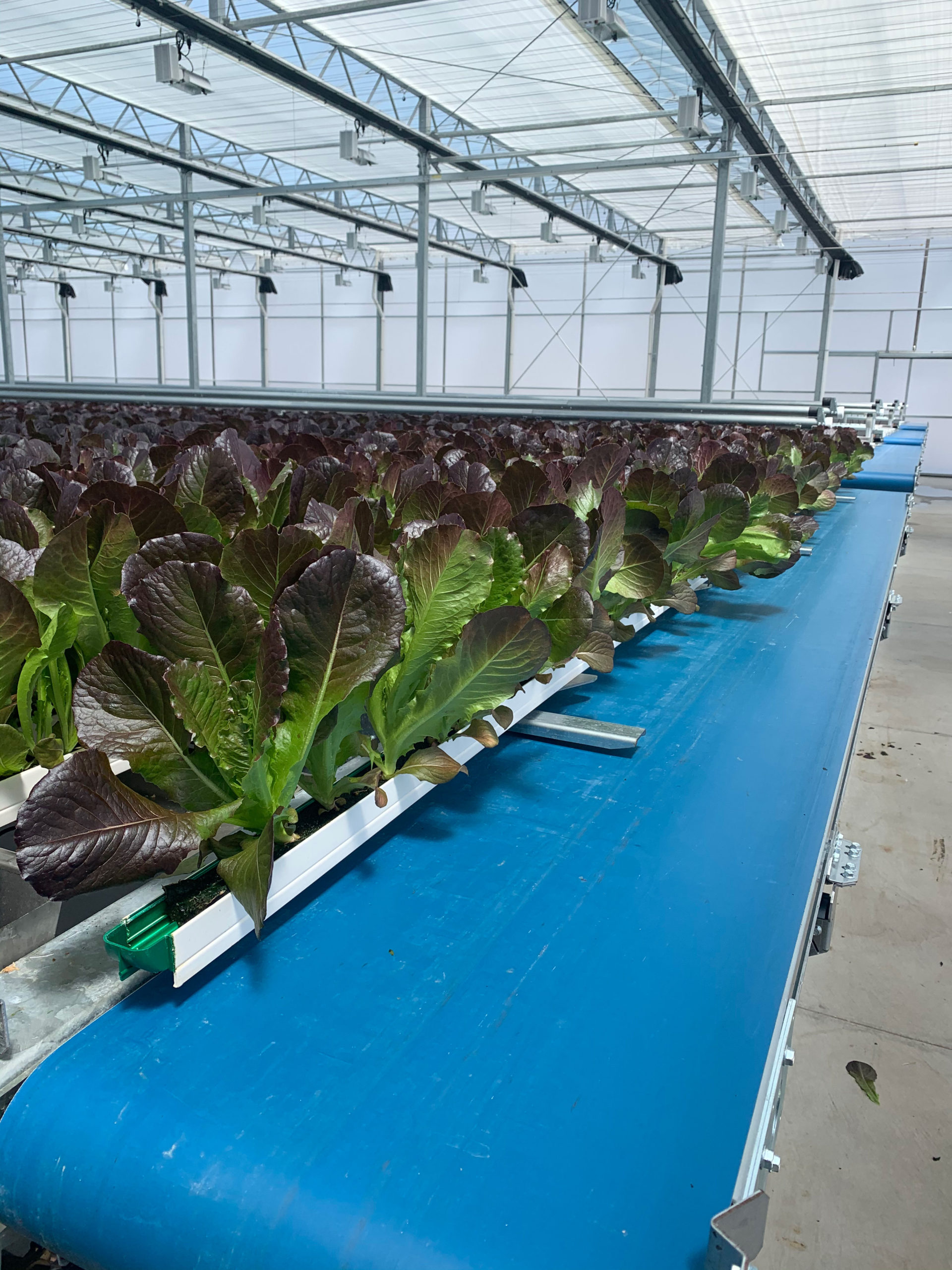
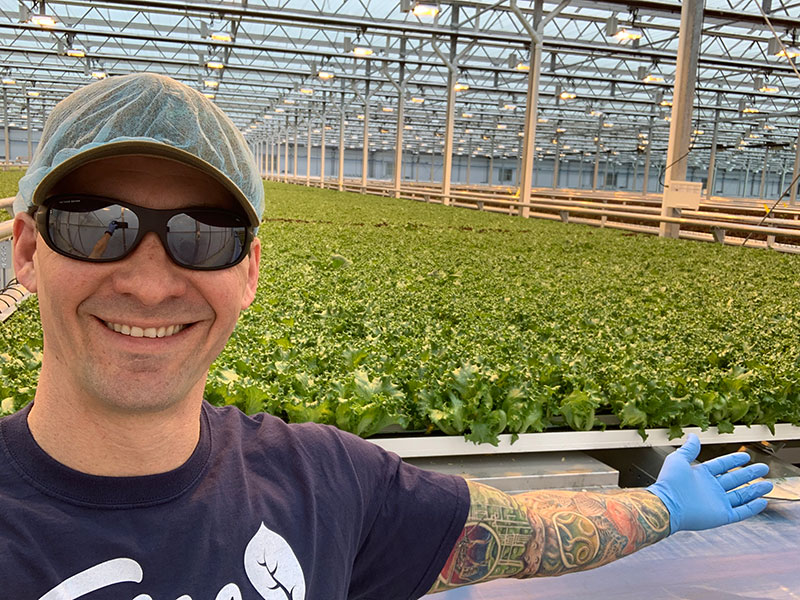
About Eric Highfield
Eric Highfield, the founder of High Yield Horticulture, has been captivated by hydroponic systems for the past 25 years. His passion for soilless cultivation grew while he earned his B.S. in molecular biology with a chemistry minor, and developed further while in graduate school, where he managed the aquaponics research greenhouse and successfully defended a thesis on integrated hydroponic-aquaculture production systems.
After graduating with his master’s from the Controlled Environment Agriculture Center (CEAC) at the University of Arizona, he developed, launched and directed an accredited academic program in greenhouse management, hydroponics and aquaponics at Santa Fe Community College.
Highfield went on to become the director of plant sciences at the largest indoor cannabis cultivation in North America at the time, where he honed his skills creating customized hydroponic nutrient formulations that saved the company over $100,000 per month while simultaneously increasing yields by 25%. In addition, he designed and built nutrient delivery systems for over 60,000 plant sites and mentored employees on implementing proper commercial controlled environmental agriculture (CEA) techniques while in this role.
His desire to facilitate local, sustainable food production eventually led him to explore automation. Highfield’s research introduced him to Green Automation of Finland shortly after its release to North American markets, and he quickly realized that he had discovered the missing link in creating profitable cut salad mixes for retail sale. He began modelling automated CEA systems designed to not only be ideologically sustainable, but also economically sustainable, and developed several fully automated baby leaf cultivation facilities including Pure Green Farms and Fresh Local Produce of Ohio selling under the brand Free! Leafy greens.
Highfield has become a leader in the industry through the implementation and optimization of automated cultivation facilities for cut baby leaf greens. He has worked on several projects from conception to execution, creating hands-free, food-safe production. His decades of experience in hydroponic cultivation, systems integration, and efficient design shows his passion for economically viable and sustainable agriculture.
From our Blog
Talking CEA automation on CropTalk podcast with Kyle Barnett
CropTalk is a great resource and one of the best podcasts about controlled environment agriculture (CEA). We had a good time speaking about automation, the importance of the cost of production, the demand for skilled people, and local markets for greenhouse grown...
The importance of customized fertilizer stock solutions for nutrient dosing
The importance of maintaining targeted nutrient levels in a recirculating hydroponic system is critical. Understanding the way plants interact with a two-part stock solution can provide important insights into this process, and ultimately lead to bigger, faster growing plants. To simplify, the Green Automation fertigation system consists of a line…
The importance of preventive integrated pest management
You are deep in the trenches, battling against a seemingly insurmountable horde of insects in a last-ditch effort to salvage your crop and you think to yourself, “I would do anything to stick it to these wretched bugs, yet my best efforts hardly seem to make a dent in their…
Interest and growth in controlled environment agriculture is at an all-time high
alluring – and rightfully so – as we see ever-increasing pressures and challenges to existing supplies of field-grown produce. However, producing local, sustainable and pesticide-free food using hydroponics doesn’t necessarily translate into a profitable venture. For a facility to be truly sustainable, it can’t just be based on ideological concepts;…
